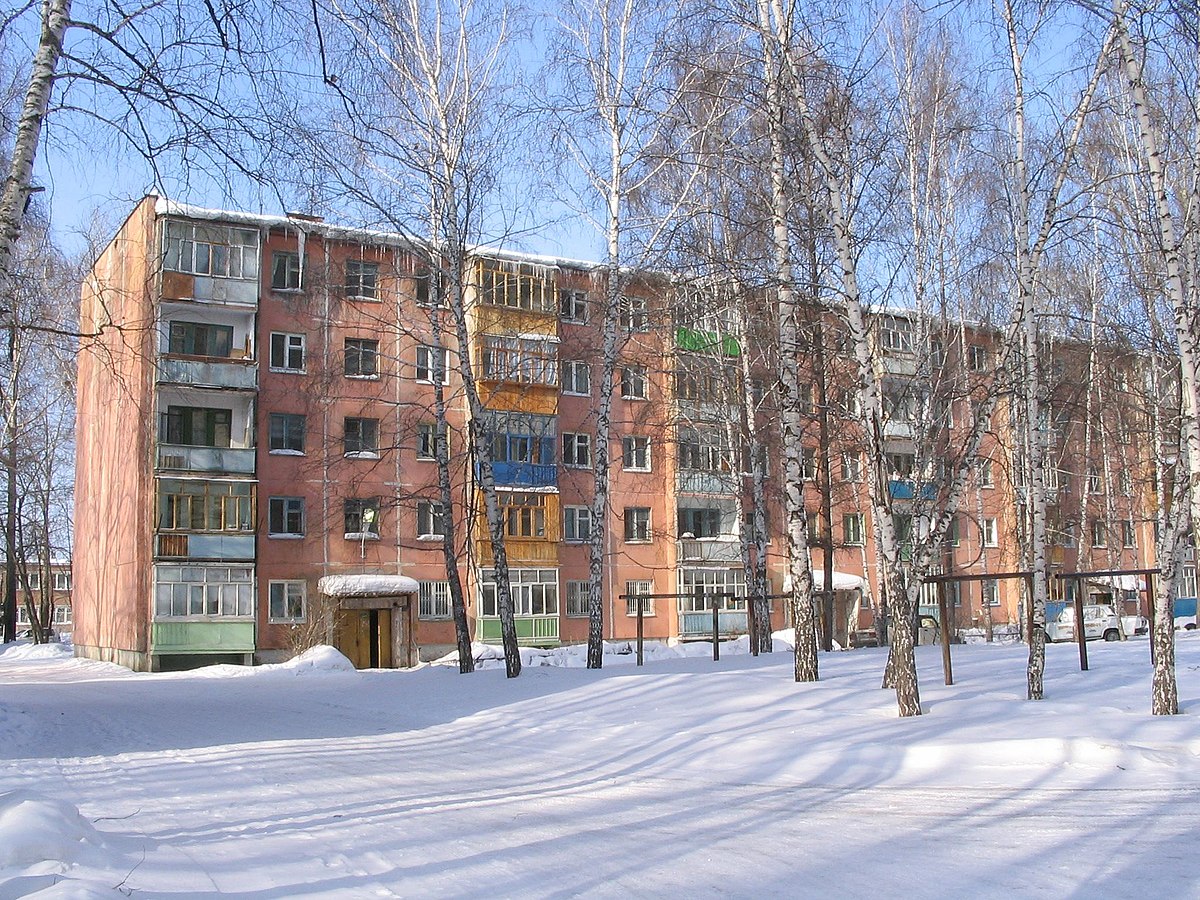I'm really interested in getting this shave ready. It's in pretty good condition and even came with instructions. Stamp of Purchase: "196" "1" or "4". Someone in Keiv is selling a bunch of them.


Google Translate is rough, but for a free translation it's not bad!
steel products plant
on the role of a dangerous British hairdressing salon
howl of the Moscow plant "Steel Products"
1. When purchasing a razor, it is required that the store
put your stamp and date of purchase on this in-
structures.
2. You cannot test the cutting properties of the razor.
by rubbing on a nail, wood, paper or
other items. After such a test, the razor
There will be no shaving; special instructions will be required.
3. Remove the anti-corrosion layer from the new razor -
lubricate it with a soft cloth, grabbing the blade with it
through the back and then point the razor at
soft leather belt.
4. Lather your hair thoroughly before shaving.
hot soapy foam. Every time you shave
Wet the razor blade in hot water.
5. The shaving process is carried out in two steps:
in the direction of hair growth and ultimately against
hair growth directions. Very important when shaving
make sure that the razor lies close to your face as possible
at the slightest angle.
b.8 if the razor bothers you when shaving,
should be used again on a soft leather strap -
Not. In case of more severe dullness, the direction should be
produced on a leather belt using paste
.Goy" and again on a clean leather belt.
7 In rare cases, you should resort to referral
ke razors on the touchstone with soap suds, or better yet with
machine oil. When straightening a razor on a whetstone, and
It is also necessary to place the razor on the belt so that
so that the razor is in contact with the back and blade. By-
Be sure to rotate the razor through the back. After
the whetstone should be adjusted again using a belt with mastic
and then on a clean leather remie.
8. After shaving, the razor should be well
washed and dried with soft, clean cloth, and cut
The cutting edge should be lightly lubricated with neutral
lubricant to protect against corrosion.
9. Do not give the razor to someone who is not experienced.
to the grinder.
10. If the razor is not suitable for shaving,
subject to the buyer's compliance with these
rules for using a razor and the absence of others
external signs of razor damage due to fault
consumer, the plant makes repairs free of charge
or replacing the razor within three months with dia
purchasing it in a store.
11. When presenting claims, please attach
standing instructions" with a store stamp and date
purchases
Google Translate is rough, but for a free translation it's not bad!
steel products plant
on the role of a dangerous British hairdressing salon
howl of the Moscow plant "Steel Products"
1. When purchasing a razor, it is required that the store
put your stamp and date of purchase on this in-
structures.
2. You cannot test the cutting properties of the razor.
by rubbing on a nail, wood, paper or
other items. After such a test, the razor
There will be no shaving; special instructions will be required.
3. Remove the anti-corrosion layer from the new razor -
lubricate it with a soft cloth, grabbing the blade with it
through the back and then point the razor at
soft leather belt.
4. Lather your hair thoroughly before shaving.
hot soapy foam. Every time you shave
Wet the razor blade in hot water.
5. The shaving process is carried out in two steps:
in the direction of hair growth and ultimately against
hair growth directions. Very important when shaving
make sure that the razor lies close to your face as possible
at the slightest angle.
b.8 if the razor bothers you when shaving,
should be used again on a soft leather strap -
Not. In case of more severe dullness, the direction should be
produced on a leather belt using paste
.Goy" and again on a clean leather belt.
7 In rare cases, you should resort to referral
ke razors on the touchstone with soap suds, or better yet with
machine oil. When straightening a razor on a whetstone, and
It is also necessary to place the razor on the belt so that
so that the razor is in contact with the back and blade. By-
Be sure to rotate the razor through the back. After
the whetstone should be adjusted again using a belt with mastic
and then on a clean leather remie.
8. After shaving, the razor should be well
washed and dried with soft, clean cloth, and cut
The cutting edge should be lightly lubricated with neutral
lubricant to protect against corrosion.
9. Do not give the razor to someone who is not experienced.
to the grinder.
10. If the razor is not suitable for shaving,
subject to the buyer's compliance with these
rules for using a razor and the absence of others
external signs of razor damage due to fault
consumer, the plant makes repairs free of charge
or replacing the razor within three months with dia
purchasing it in a store.
11. When presenting claims, please attach
standing instructions" with a store stamp and date
purchases



